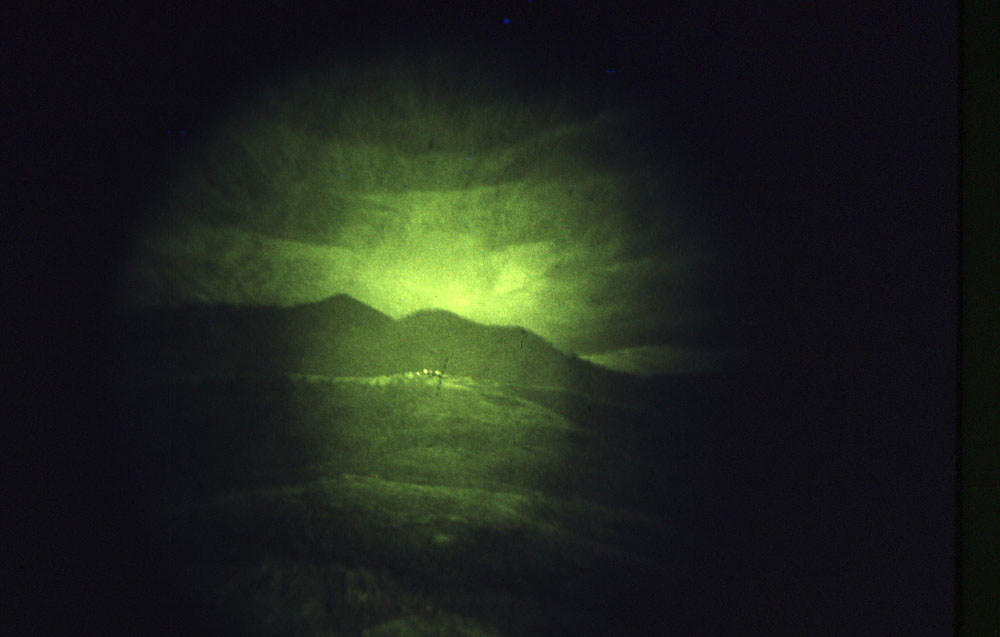In today’s tough economic time, it’s hard getting the right
tools and materials for your Law Enforcement agency. And with budgets being
continuously cut, a hard job is progressively getting tougher. Financial issues
leave many departments under-equipped, under-staffed, and over-exerted.
 Grants can help provide mission-critical tools and resources
for your agency. The money received from grants can be used to hire new
officers, pay overtime, or even purchase new equipment like night vision
devices.
Grants can help provide mission-critical tools and resources
for your agency. The money received from grants can be used to hire new
officers, pay overtime, or even purchase new equipment like night vision
devices.
Here are 5 steps to help you not only finding grant money,
but get it.
1. Plan and Decide
When it comes to grants, the first step for you to make is
to identify your needs and/or wants. What will benefit your agency? What will
benefit your city? What will keep your officers safe? Thinking through
questions like these will allow you to pinpoint what your agency is lacking and
begin formulating your “case” for the grant proposal.
2. Find a Grant
There are billions of dollars of grant money up for grabs
every year – all you have to do is find it. Remember that grants come in all
shapes and sizes and can be offered not only by the government, but by private
companies too. At the bottom of this post, check out the list of resources that
provide grants to Law Enforcement agencies for various items.
3. Write the Grant
Writing the grant is one of the hardest parts of the
process. Be sure that you are effectively expressing a NEED based on a PROBLEM
that can be FIXED or SOLVED with the grant. It is
also important to keep in mind that you are being clear and concise. A decoratively
embellished, ‘pretty’ sounding grant proposal may seem more professional and
formal, but statistics, evidence, and showing a need carry more merit than an ornamental
vocabulary. Regardless if you are awarded the grant or not, save the proposal
for reference in the future; you may be able to tweak it and resubmit next
year.
4. Spend the Money
Spending grant money can feel like a shopping spree, but
it’s important to follow the regulations and restrictions of the grant – don’t
spend training funds on a new patrol car. Also, make sure you spend ALL of the
money to ensure you will get more in the future. This doesn’t mean waste the grant money; it means that
your agency should be resourceful with what you’ve been given by putting it to
good use. While you spend the money, document everything.
5. Grant Report
Depending on which grant you have been awarded, you may need
to report your expenditures. This will provide the funder with information on
how and when you allocated the resources. Be detailed and include how the
funding has helped your agency.
 Morovision will work with you to help you get grant money
for night vision equipment. If you have any questions, please call or email us.
Morovision will work with you to help you get grant money
for night vision equipment. If you have any questions, please call or email us.
Resources
Listed below are some of the MANY resources to use to find grant money. Leave us a comment or tweet at us if you find another great resource!
Grants.gov
Fundsnet Services
Grants and Funding
Federal Register
Community Foundation
US Department of Justice
Walmart
PoliceOne.com
Foundation Center












